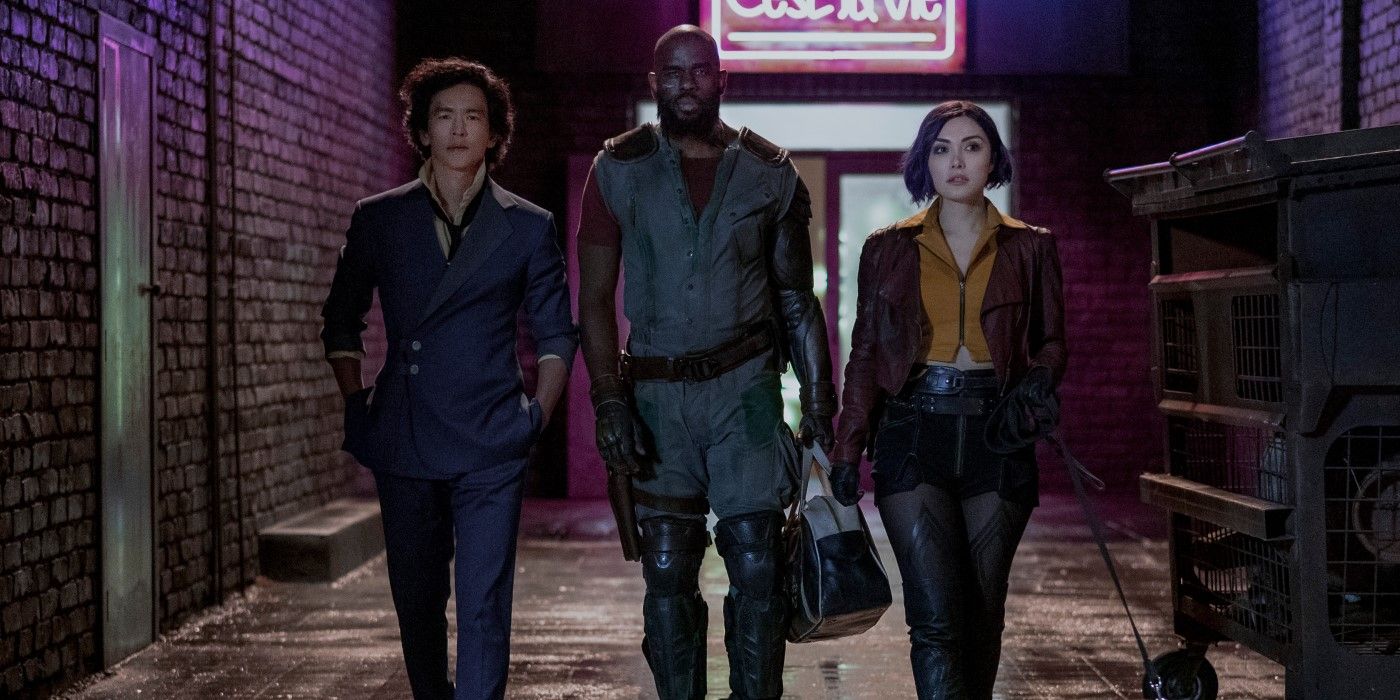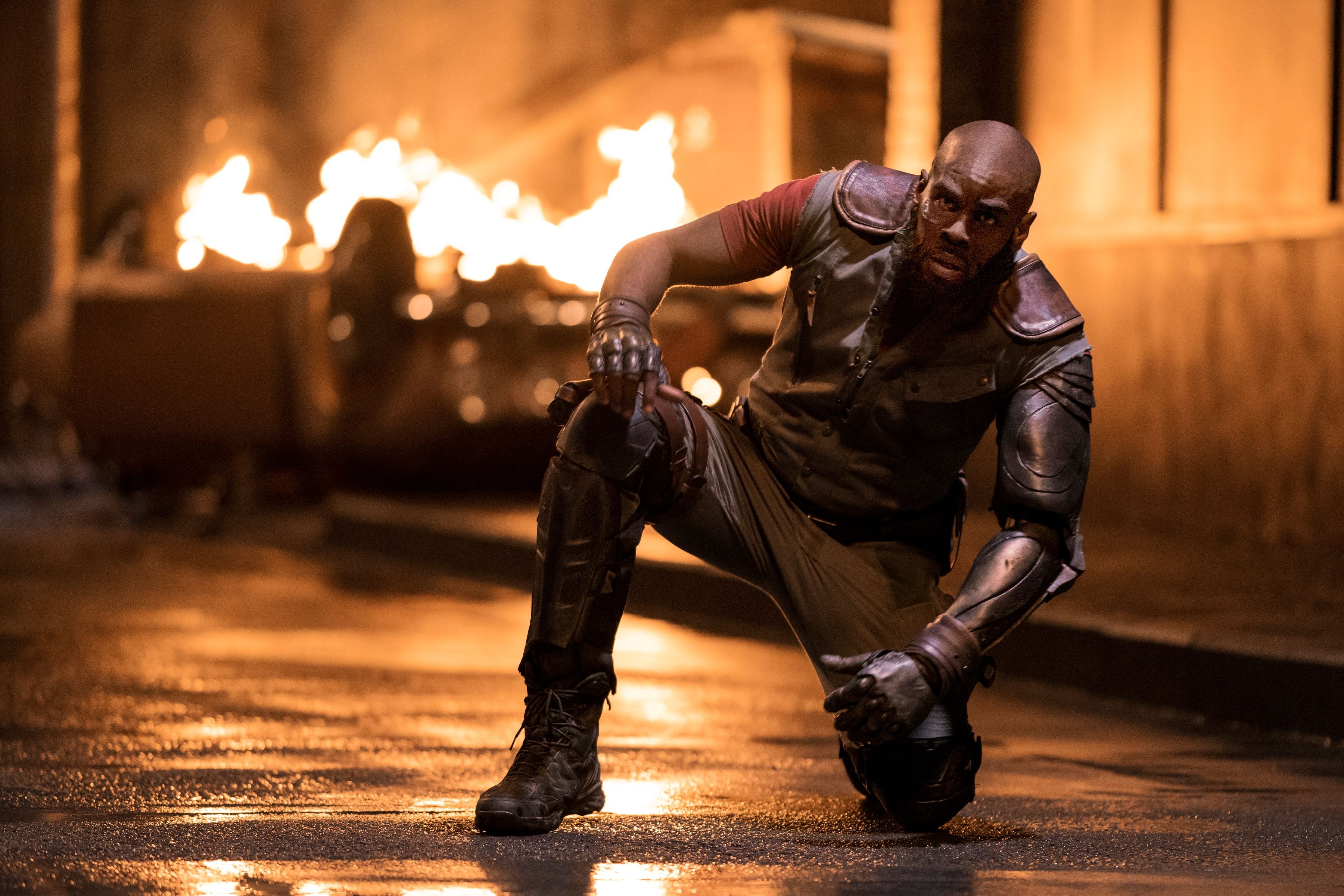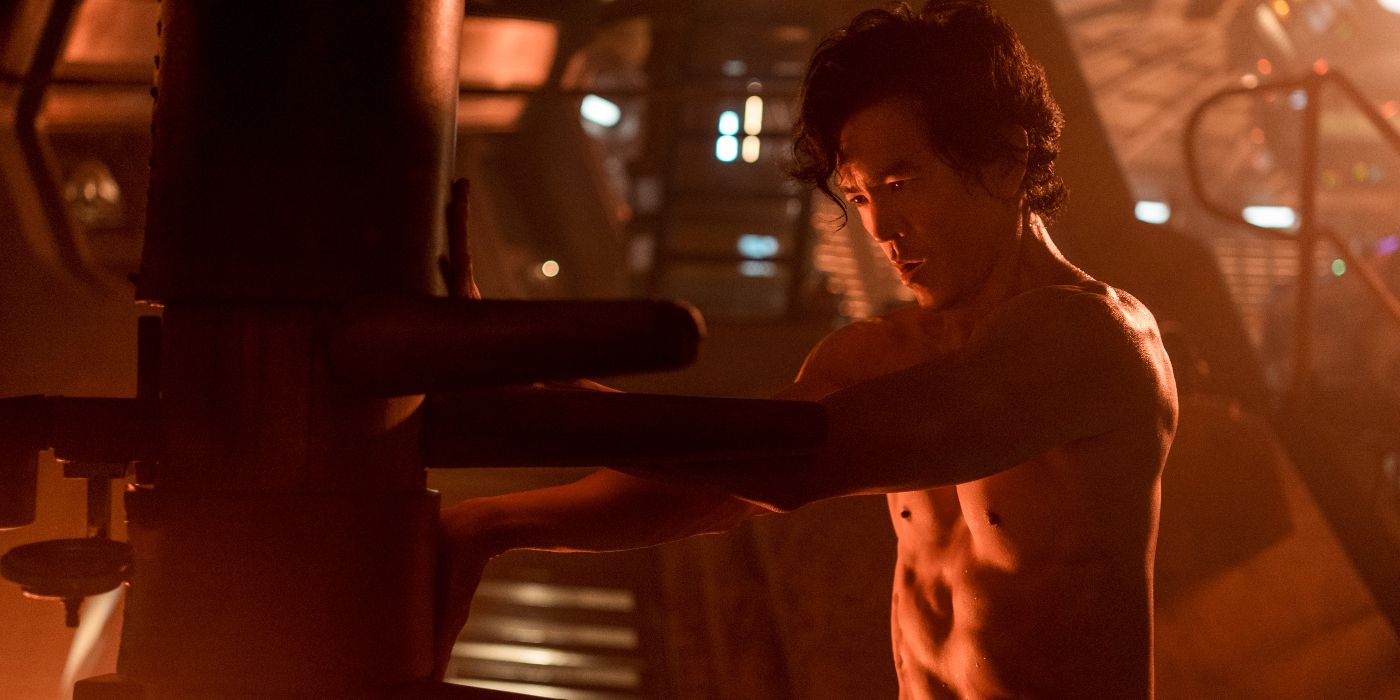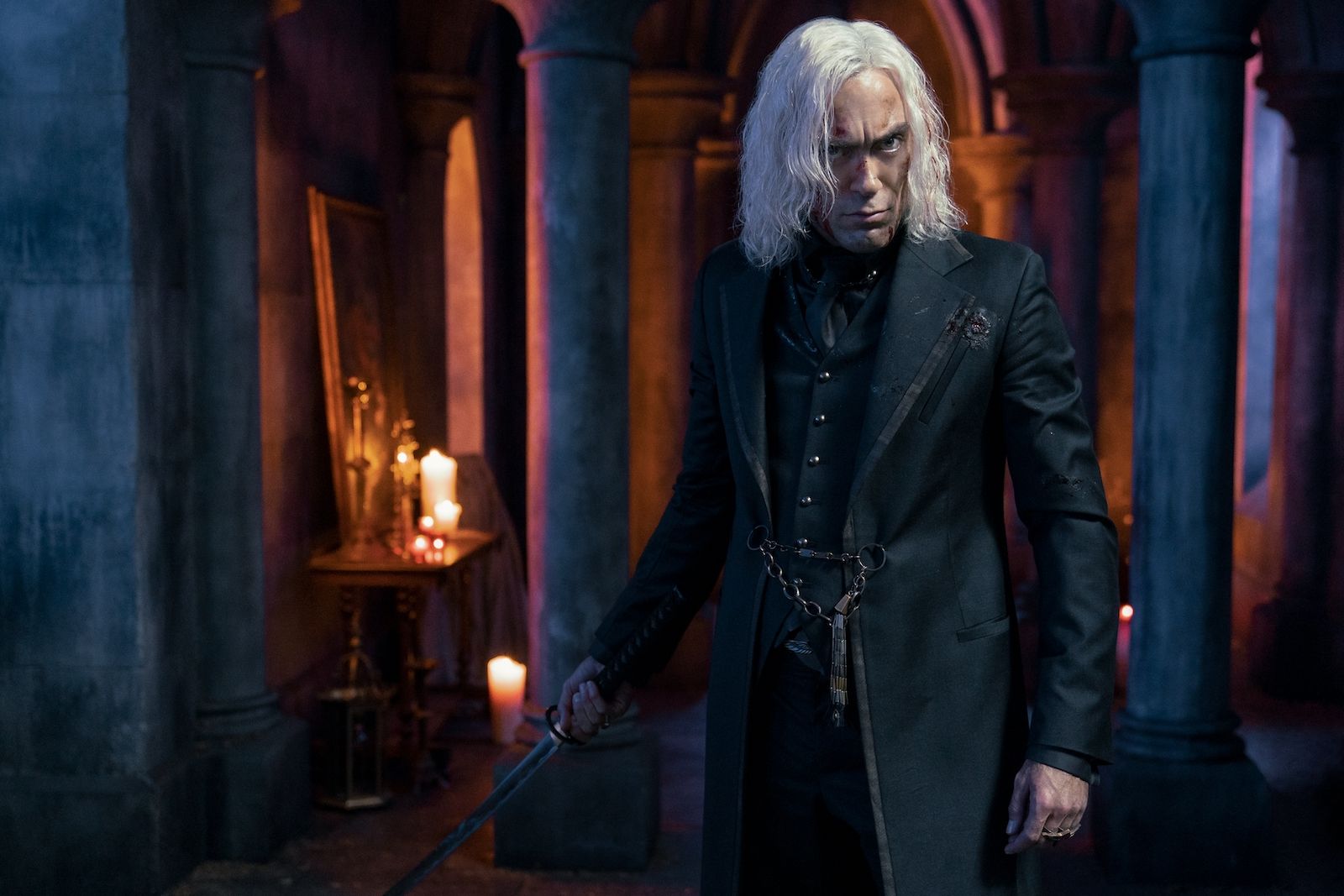Cowboy Bebop is a soulless remake of a landmark anime series, one that is constantly drawing attention to the original while changing enough to take away the impact of what it's trying to emulate. Gone is the neo-noir approach and its methodical narrative; instead, the Netflix live-action show takes inspiration from '70s Grindhouse, which makes it faster-paced but comes off looking cheap and lacking in color. A lot of attention is given to fight choreographies that try to emulate those in Daredevil, but end up being so slowed down in order to show off the moves that they looked amateur-ish and shot with a hamstring budget.
Though the cast is great and they do their best with what they have, the line deliveries and cheap-looking costumes end up looking like cosplayers forced to do poor impressions of dub voice performers. In the time it takes to watch the 10 episodes of the season, you could watch most of the entire run of the anime, and Cowboy Bebop doesn't offer many good reasons why you shouldn't do that instead.
Set in 2047, Cowboy Bebop takes place at a time when Earth has been deemed nearly uninhabitable, and humanity now lives in space colonies scattered throughout the Solar System. Like the anime, the show imagines a relatively hopeful future in terms of representation, very much in the vein of Star Trek, but despite technological marvels, life is still filled with issues — like not being able to pay rent or gas. These are the voyages of the starship Bebop, and the ragtag group of cowboys just trying to make a living as bounty hunters while running from or towards their past. It sure isn't easy, but whatever happens, happens.
The new Cowboy Bebop, very much like the original one, lives or dies by its characters. Although its blend of Japanese and American influences, excellent soundtrack, and distinct visual style helped make the anime a huge hit in the U.S. back in the '90s, it is the characters that continue to make it memorable after two decades. Sadly, the Netflix live-action version only goes halfway. Sure, the costumes are virtually exact replicas of the anime (except for Faye's), but they look like cheap cosplay when in action. Likewise, John Cho does a good job being a suave cowboy with a dark past, and the banter between his Spike Spiegel and Mustafa Shakir's Jet Black is the best thing about the show, but it never stops feeling like impressions of the original English voice cast — to the point where the line delivery feels like it was done in a recording booth after the fact.
This is not necessarily the actors' fault, and Shakir especially truly makes the character his own, adding just enough repressed rage and tiredness for dealing with Spike's crap to make him the most watchable character in the show, but the script and directing are so focused on calling back to the anime and making sure fans notice how closely they are following the source material that they back the actors into a corner.
Worse yet is the show's treatment of its female cast, particularly Faye (Daniella Pineda) and Julia (Elena Satine). In an attempt to lessen the hypersexualization of female characters in the anime, and to make Julia an actual character rather than an idea or a plot point, Bebop mostly reinvents their characterization for the live-action show. Sadly, the approach is the wrong one for the story that is being told, and it ends up coming across as both distracting and insulting to the original anime, as well as the actresses for the direction their characters take throughout the season.
The same applies to the narrative, which becomes Marvel-ized to focus on a single, serialized, overarching narrative. Sure, the episodes are relatively self-contained and focus on a different bounty, but half of each episode is devoted to Spike's past and the story of Vicious (Alex Hassell), a member of the Syndicate. One of the exciting things from when the show was first announced was the promise of it expanding beyond what the anime did, Star Wars-style, so the biggest disappointment with the Netflix live-action version is the evidence that promise is simply not true. The episodes are longer, and Vicious' role is greatly expanded, but not in any way that makes the world of the show feel bigger, or Spike's story more impactful or surprising. The show focuses so much on expanding the lore around the Syndicate and in building a story that can carry on into Season 2 that it leaves behind what actually made the anime memorable.
There is not a single episode of the show that is fun enough to rewatch or independent enough to be watched on its own terms. The characters are so tied to the main plot that there is no breathing room to allow us to become acquainted with the characters beyond an introductory meeting and a few flashbacks, and there is not even a hint of the existential ennui that made the anime relatable to millennials. In an attempt to drive the audience to care about what will happen in the next episode, Cowboy Bebop forgets to make the characters more than just archetypes.
Cowboy Bebop is a show constantly at odds with itself. It clearly wants to work as a recreation of the anime, constantly calling attention to its shot-for-shot callbacks, but it is too afraid to really dive into the weirdness and visuals of its source material. The result lacks a color palette, a distinct visual language, and any resemblance of soul. This is just like the Cowboy Bebop you remember (or that your friends told you about), except it is absolutely nothing like it.
Rating: D-
Cowboy Bebop premieres November 19 on Netflix.




